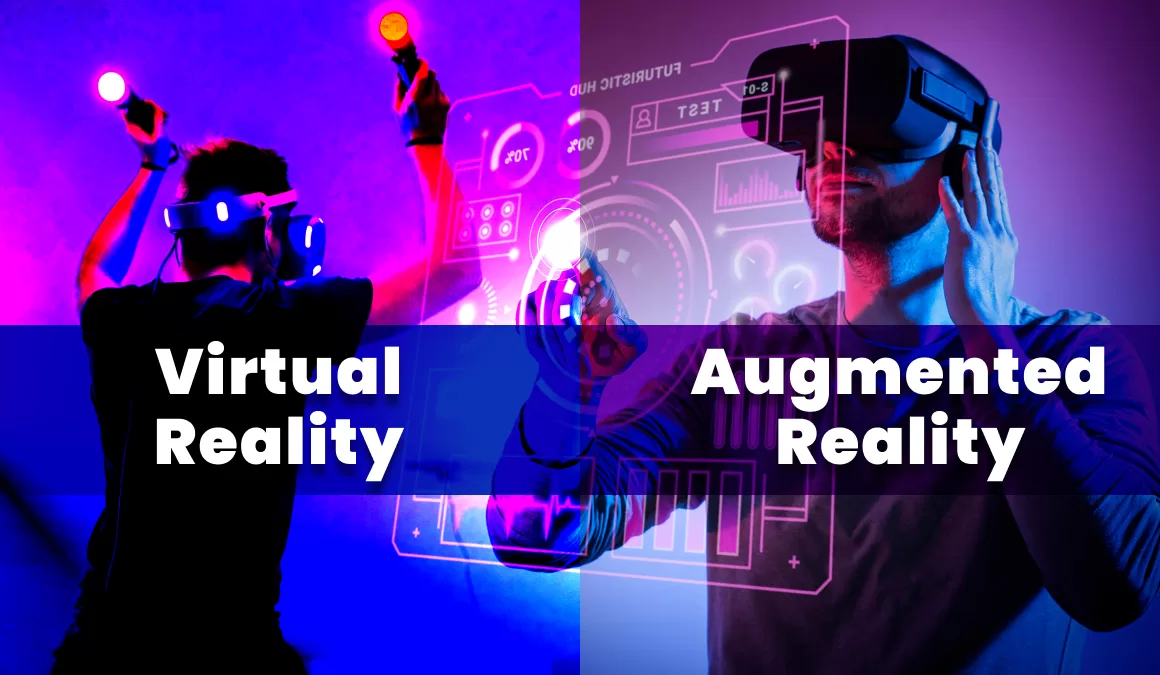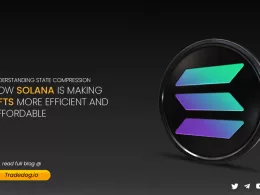Quick Links
What is Virtual Reality
Virtual Reality can be explained as a simulated 3D environment that allows users to explore and interact with a digital world in a fashion that simulates reality. Although the environment is built using computer hardware and software, users may also need to put on accessories like helmets or goggles in order to interact with it. The experience can be very realistic for a user who is completely immersed in the virtual environment.
Applications of virtual reality
VR has often been used almost synonymously with gaming. Products such as VR Headsets, glasses, and more popularly, Beat Saber, Minecraft VR, and Skyrim VR have led the utility of VR for a truly immersive gaming experience.
Even though Virtual Reality is a popular technology for gamers, it still has multiple utilities in various other domains as well.
Healthcare
Patients, healthcare professionals, and researchers could all benefit via VR in the field of healthcare. VR, for example, has the potential to cure conditions like anorexia, anxiety, or post-traumatic stress disorder (PTSD). However, when working with patients to clarify diagnosis or treatment options, clinicians may be able to employ VR. People with certain physical limitations can also potentially benefit from VR.
Training
VR makes it feasible to train staff members in a safe, effective, and economical manner. People in high-risk or highly specialised occupations, such as firefighters, EMTs, police officers, soldiers, surgeons, or other medical staff, can particularly benefit from it.
Education
VR provides educational institutions with innovative teaching and learning techniques. While retaining their interest in the subject matter, it can give students close access to settings that are generally inaccessible. For instance, a science teacher can show the intricacies of human physiology to students in a truly immersive manner.
Entertainment
Although VR has already had an impact on gaming, it also holds the potential to completely change the film and television industries by giving viewers an immersive experience that immerses them in the action. Virtual reality (VR) has the potential to create a whole business dedicated to tourism, allowing people to visit locations they might never be able to visit in person.
Retail
Although VR has already had considerable success in the retail sector, there is still much room for growth. Customers will be able to try on clothes, design their houses, experiment with hairstyles, test eyeglasses, and generally make better selections about goods and services with the help of the correct apps.
Real Estate
VR has many advantages for the real estate industry. For instance, building experts can virtually tour HVAC systems, home owners can see what their remodels will look like, and architects can display precise drawings in 3D.
Advantages and disadvantages of virtual reality
| Advantages | Disadvantages |
| Exploring different environments without being physically present | Expensive implementation |
| Improved and immersive experience in education | Addiction to Virtual Reality |
| Creates an immersive and realistic environment for entertainment | Physical and mental health problems |
| Helps in providing training to professionals | Complex and hard-to-learn technology |
What is Augmented Reality
Augmented Reality is basically aimed towards enhanced visualization. Using enhanced visual components, sound, or other sensory cues, augmented reality (AR) creates an enhanced version of the real world that is transmitted through technology. Businesses specifically engaged in mobile computing and business applications are noticing a growing trend in this direction and the world is currently witnessing a wave of mass integration of AR in almost every sector.
Applications of augmented reality
Augmented Reality has a multitude of applications across different domains including, but not limited to gaming, navigation, healthcare, etc. Currently, AR is widely accessible and used in a wide range of applications, such as Snapchat lenses, parking lot navigation apps, and a number of shopping apps that let you try on things without ever leaving the house.
The multitude of applications can be summaries in the following:
Navigation
Enhanced navigation systems display a route over a real-time view of the road using augmented reality.
Sports
In order to display and analyse plays during real-world games such as football, and cricket. Broadcasters utilize augmented reality to draw lines or elements on the field.
Retail
Many ecommerce platforms or even stores allow customers to experience by themselves how an item might look or feel in an environment using augmented reality. For example, IKEA Place is an augmented reality app that allows you to see how a piece of furniture will appear and fit in your area and is offered by the furniture and home goods giant IKEA.
Defence
Military fighter pilots see an augmented reality projection of their altitude, speed, and other data on their helmet visor, eliminating the need to waste focus by glancing down.
Healthcare
Doctors/ Surgeons sometimes use augmented reality projection of a 3-D subjects and organs to sometimes effectively analyze the course of surgery.
Research
Researchers and archaeologists can create 3D augmentations of places/ historical sites
Advantages and disadvantages of augmented reality
| Advantages | Disadvantages |
| Enhanced user experience and visualization | Advanced AR devices are expensive |
| Easy to use across different devices | Can cause Addiction |
| Supports Buisiness activities | Health issues due to increased exposure to devices |
| Improved technology for educators, doctors, etc | Risky as people might not be able to distinguish between reality |
Comparing Virtual Reality and Augmented Reality
Let’s clarify that augmented reality and virtual reality are frequently misunderstood. In order to improve the experience, augmented reality overlays virtual data or even a virtual world on top of the already existing real-world surroundings. Consider Pokémon Go as an illustration, where players look for animated characters that appear in their real-world surroundings on their phone or tablet. NFL broadcasters employ augmented reality (AR) technology to more thoroughly examine plays.
Virtual reality, in contrast, immerses viewers in an altogether another setting that is often developed and rendered by computers. Users of virtual reality might be submerged in an animated scene or a virtual setting, for instance. Additionally, a real-world location can be captured and included in a virtual reality experience using technology.
What is mixed reality?
Mixed Reality (MR) is the new technology resulting from the amalgamation of AR and VR. The Microsoft HoloLens and other mixed reality headsets are expanding the potential for mixed reality experiences in the gaming industry. These head-mounted displays have cameras that continuously map the environment of the wearer. Characters in games designed for these devices can move about the real-world environment as the user and make the overall experience more immersive..
Conclusion
To conclude it can be said that Augmented Reality and Virtual Reality are spokes to the same wheel that aims to achieve complete immersiveness.
Both these technologies go hand in hand. Although each is interesting in its separate utilities, AR allows users to have projections on real life environments and VR allows for a complete visual immersiveness. But when together, they can make a user’s expreience truly extraordinary. As seen by latest advancements in technology and the advent of Mixed Reality, both their synergy is what will define the future of true immersiveness.











